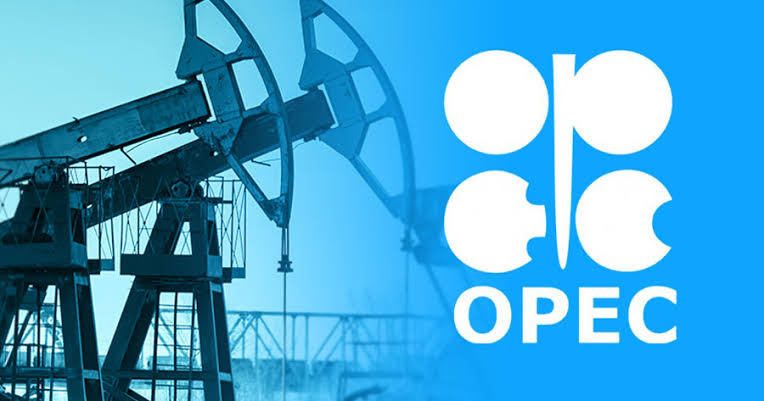OPEC reaffirmed its stance on the robust growth of global oil demand for the years 2024 and 2025, while also revising upwards its economic growth forecasts for the same period. In its monthly report released on Tuesday, the Organization of the Petroleum Exporting Countries maintained its projection of a 2.25 million barrels per day (bpd) increase in oil demand for 2024, followed by a 1.85 million bpd rise in 2025, unchanged from the previous month’s estimates.
Highlighting the potential for further economic expansion, OPEC pointed to a positive trend in economic growth, particularly in the first half of 2024. Consequently, it raised its economic growth forecasts for both 2024 and 2025 by 0.1 percentage points, citing optimism across major OECD and non-OECD economies.
Despite concerns surrounding high interest rates, conflict in the Middle East, and supply outages, oil prices have been supported in 2024. Brent crude was trading around $82 a barrel on Tuesday, showing a 0.5% increase. OPEC attributed the rise in prices to various factors, including reduced speculative selling pressure, supply disruptions, stronger-than-expected macroeconomic data, and signs of robust oil market fundamentals.
OPEC’s revised economic growth projections for 2024 and 2025 now stand at 2.7% and 2.9%, respectively, supported by expectations of easing general inflation throughout the forecast period.
However, there remains a disparity between OPEC’s oil demand growth forecast and that of the International Energy Agency (IEA). While OPEC expects a much higher demand growth rate for this year, the IEA has projected a more modest expansion of 1.24 million bpd. The IEA, representing industrialized nations, is set to update its forecasts later in the week.
The contrasting outlooks between OPEC and the IEA reflect broader disagreements over long-term demand trends and the transition to cleaner energy. While the IEA anticipates a peak in oil demand by 2030 as the world transitions to cleaner energy sources, OPEC maintains a more optimistic view, projecting no peak in demand until at least 2045.
OPEC Secretary General Haitham Al Ghais reiterated the organization’s confidence in its long-term demand outlook, dismissing concerns raised by the IEA. OPEC and its allies, collectively known as OPEC+, have implemented output cuts since late 2022 to stabilize the market. The most recent cut, effective in the first quarter, resulted in a decrease of 350,000 bpd in OPEC oil production to 26.34 million bpd in January.
The latest OPEC report underscores the organization’s commitment to balancing supply and demand dynamics in the global oil market amid evolving economic conditions and geopolitical uncertainties. As OPEC continues to monitor market developments, its forecasts will play a crucial role in shaping the trajectory of oil prices and the energy landscape in the years ahead.



